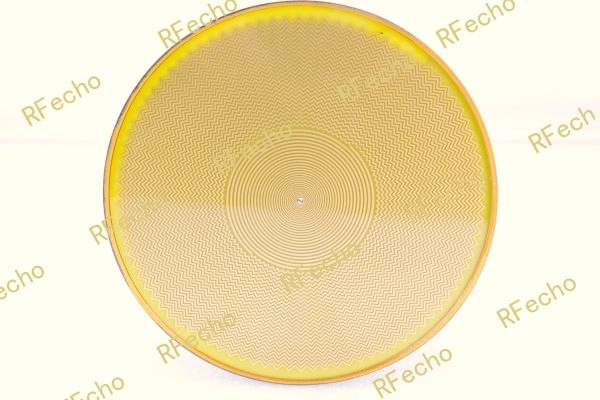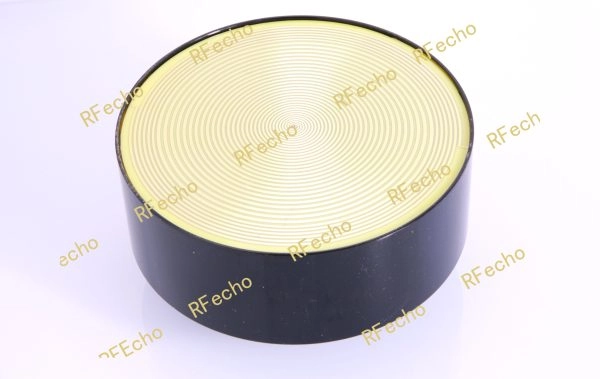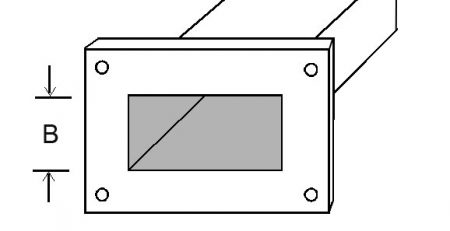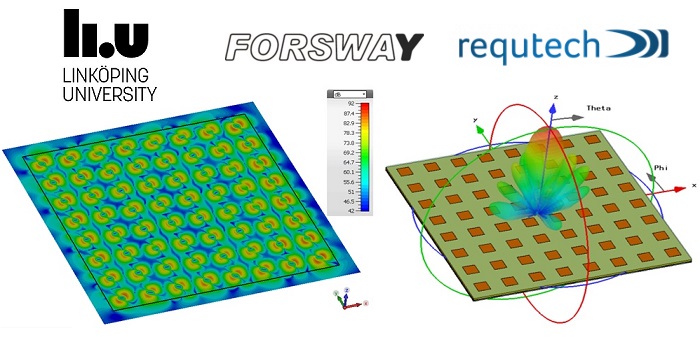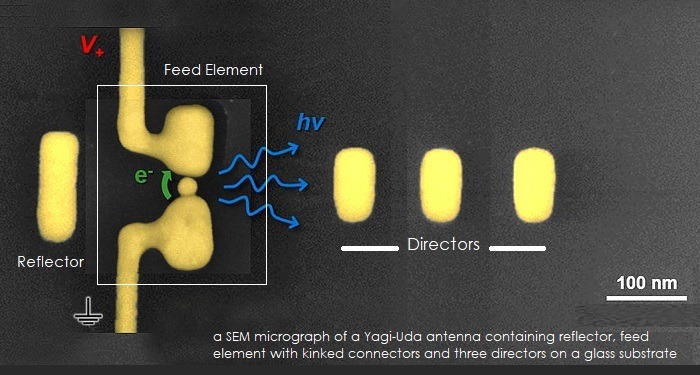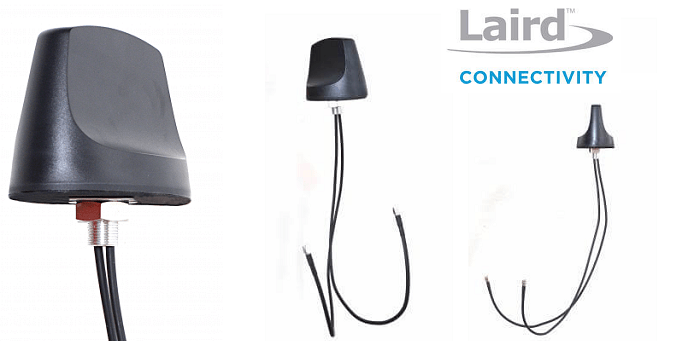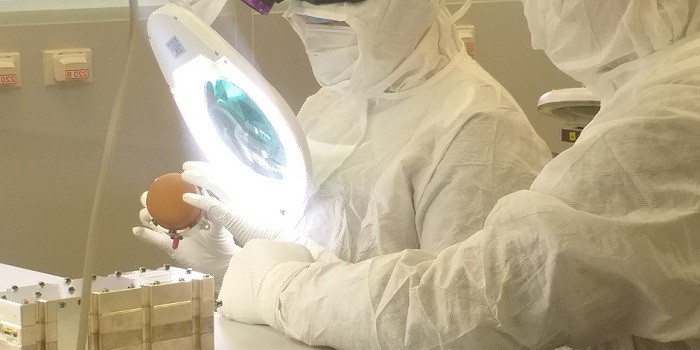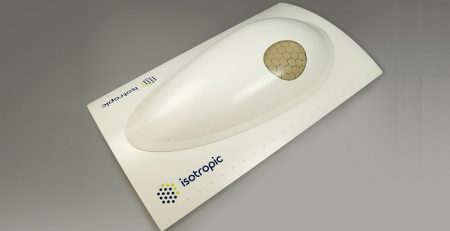What Is a Cavity Backed Spiral Antenna?
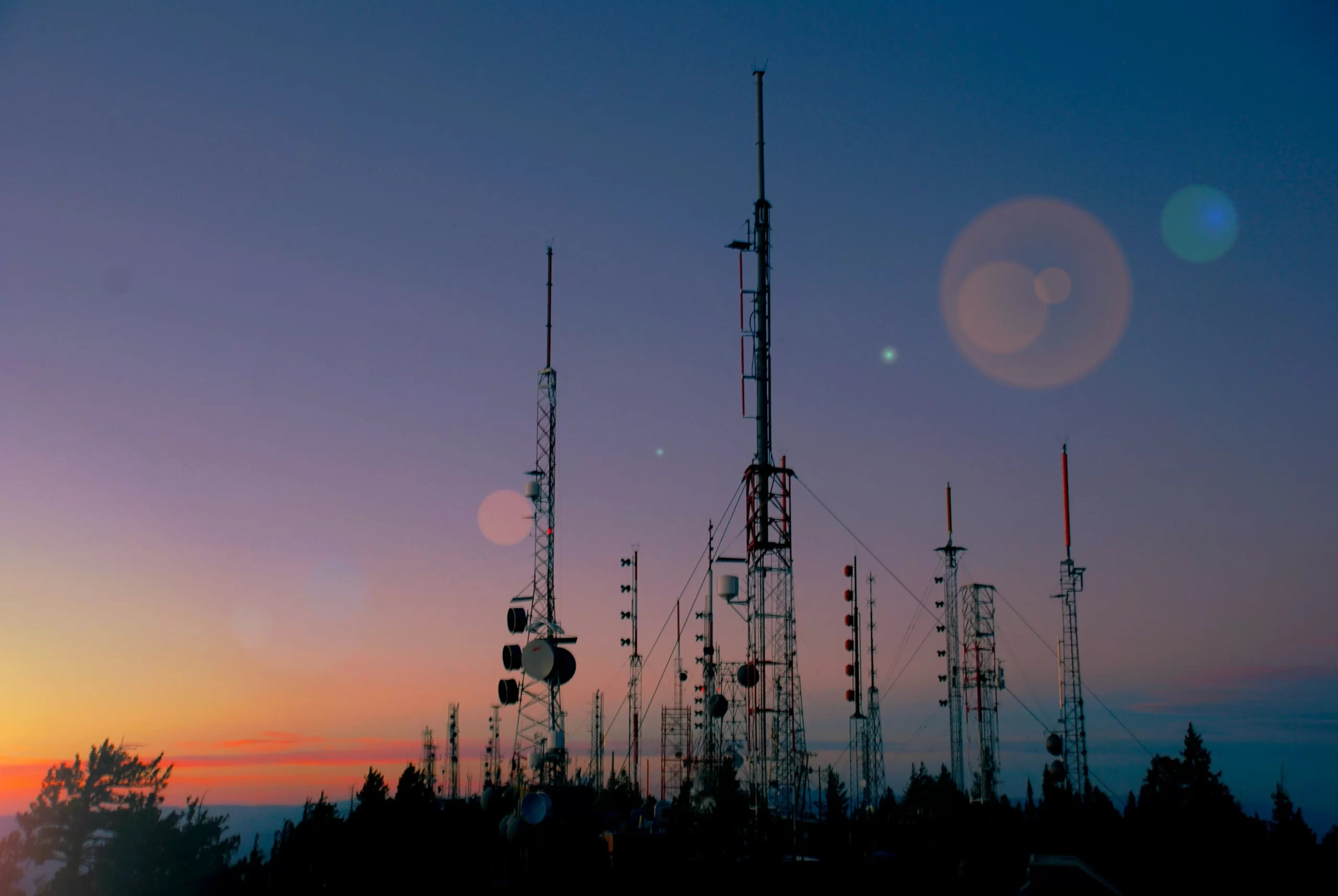
Cavity Backed Spiral Antenna’s Definition and structure
A cavity backed spiral antenna is a unique type of antenna blending a spiral emitter with a hollow backing to heighten its efficiency. Imagine a level, spiral-formed conductor—often carved onto a base—teamed with a metal hollow behind it. This setup isn’t merely decorative. Rather, it’s crafted to offer expansive bandwidth and focused on the emission and receiving.
Key Components
- Spiral Emitting Part: The essence of the antenna, this spiral creates electromagnetic pulses over a vast frequency span. Its shape governs its range and emission style.
- Hollow Reflector: Placed at the rear, this metal container increases strength by bouncing energy ahead, cutting down stray rear signals.
- Insulating Base: A non-conductive sheet holding the spiral, it alters resistance and output based on its substance traits.
These parts unite to form a small, potent antenna suited for tough settings. Eager to see examples? Look at RFecho’s 1 GHz to 18 GHz Cavity Backed Spiral Antenna.
Characteristics of Cavity Backed Spiral Antennas
What makes cavity backed spiral antennas stand out? Here’s why they’re prized in RF tasks:
- Expansive Bandwidth: These antennas excel across broad frequency stretches, such as 2–18 GHz. Thus, they’re adaptable for diverse band setups.
- Focused Emission: The hollow backing lifts strength and directs energy forward. This reduces disruption from the rear—a vital perk for exact duties.
- Small and Featherlight: Their tiny build and light mass suit them for air travel, tracking, and UAVs where room is scarce.
- Toughness: Made to endure severe conditions—like wild weather or shakes—they’re dependable outdoors.
For RF Engineer’s, these qualities spell fewer trade-offs. Seeking a sturdy, wide-ranging choice? Browse RFecho’s 0.8 GHz to 4 GHz model.
How Archimedes’ Two Rules Influence Design
Ever ponder why the spiral form counts? It’s grounded in Archimedes’ laws of spiral shapes. A cavity backed spiral antenna taps two main guidelines:
- Steady Expansion: The Archimedean spiral grows evenly. This ensures steady emission across frequencies. As a result, it forms a range-free design—great for wideband demands.
- Balanced Layout: The spiral’s limbs and spaces offset each other. This keeps resistance steady over a broad scope.
This numerical grace turns into practical prowess. Whether you’re following signals or sending info, the spiral’s build promises consistency without endless fiddling. It’s an ageless method fueling today’s tools.
Other Design Considerations
Crafting a cavity backed spiral antenna isn’t only about the spiral and hollow—specifics are key.
- Substance Choice: The insulating base’s value (e.g., 2.2 for typical stuff) sways signal pace and output. Picking the best substance can fine-tune results for certain ranges.
- Hollow Depth Tuning: Too thin, and strength dips; too thick, and range shrinks. Technicians weigh this to fit the task—perhaps high strength for tracking or wide range for messaging.
These picks define how the antenna fares in your setup. For a lower-range pick, view RFecho’s 0.5 GHz to 2 GHz model.
Spotlight: RFecho – Your Expert in Cavity Backed Spiral Antennas
When it comes to cavity backed spiral antennas, RFecho shines as a dependable source. Since 2009, it has become a worldwide front runner in microwave and millimeter-wave answers. With over ten years of expertise, the antenna provided by RFecho is most reliable and trusted. The supply chain matches the strict needs of air travel, security, and telecom fields. Products from RFecho are pledge to excellence and fresh ideas makes them a top choice for RF engineer’s globally.
FAQs About Cavity Backed Spiral Antennas
Q1: What frequency ranges do cavity backed spiral antennas cover?
A1: Cavity backed spiral antennas usually work across wide spans, like 2–18 GHz, based on their build. Some versions zero in on tighter bands, such as 0.5–2 GHz, for niche roles.
Q2: Are these antennas suitable for outdoor environments?
A2: Yes, cavity backed spiral antennas are made tough. They use sturdy materials that fend off weather, heat shifts, and ideal for open-air or rugged use.
Q3: How does the cavity backing improve performance?
A3: The hollow backing in a cavity backed spiral antenna bounces energy forward. This lifts strength and cuts rear signals. In turn, it sharpens focus and signal power.
Q4: Can cavity backed spiral antennas be used in classified projects?
A4: Certainly, cavity backed spiral antennas are broadly applied in safe tasks like security and air travel. Their dependability and output are crucial there.
Conclusion
A cavity backed spiral antenna is more than a mere gadget—it’s a tool honed for wideband, focused, and sturdy output. Its spiral layout draws from Archimedes’ wisdom, while its hollow-backed efficiency powers tracking, UAVs, and more. Whether you’re facing a rough setting or a critical task, its small size and solid make set it apart. RFecho puts this tech within reach with skillfully made options. Ready to boost your RF work? Head to RFecho, you can find how their cavity backed spiral antennas can fulfill your needs now!


